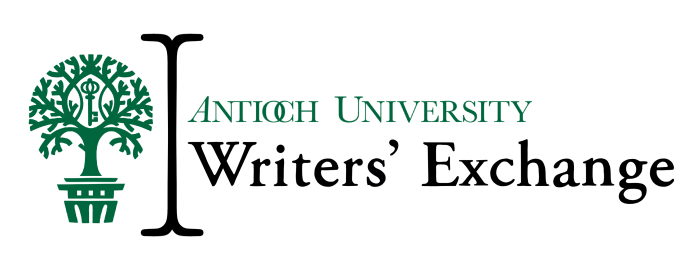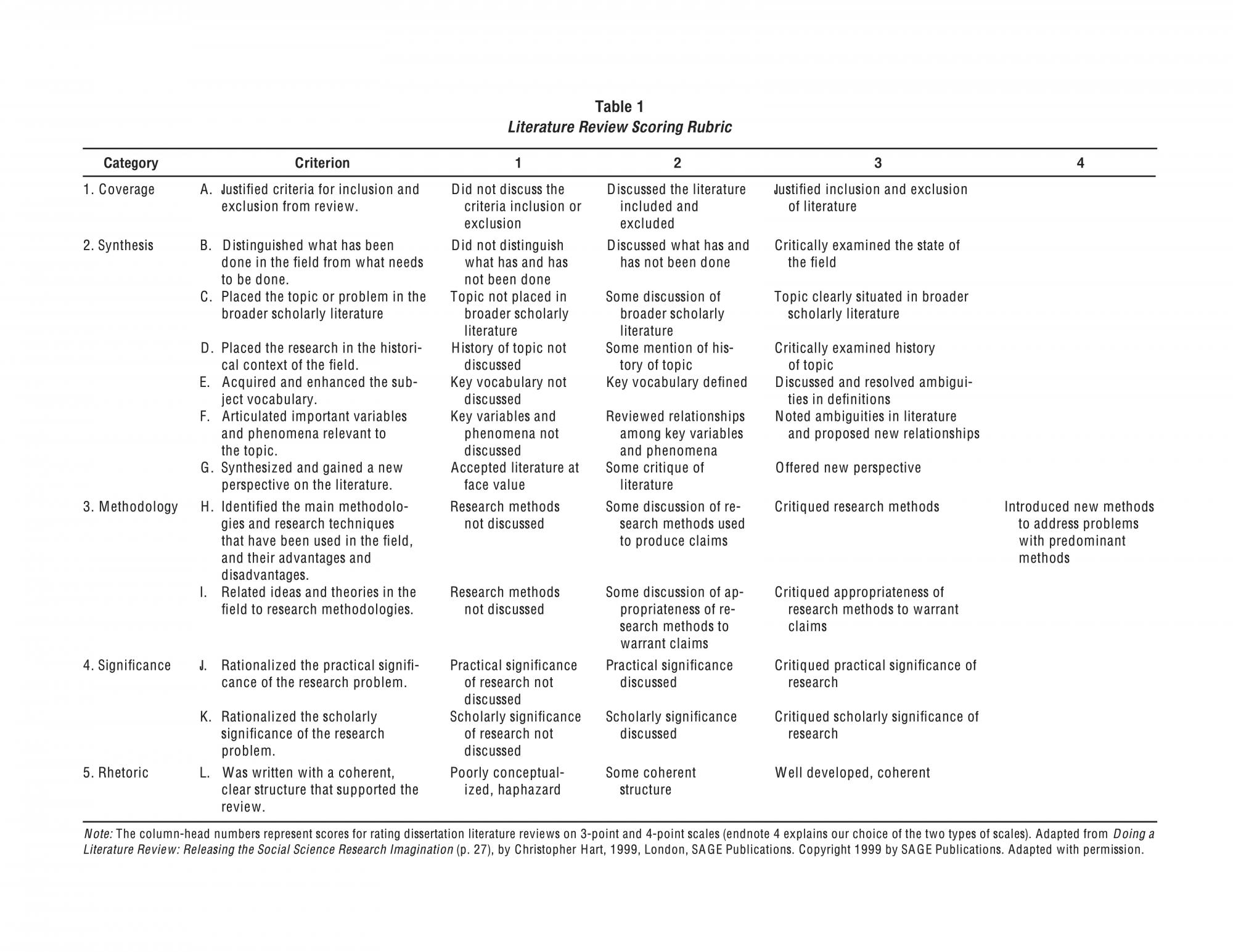It’s advisable for students to regard an evolution of the literature review to gradually becoming more involved and complex as they progress through graduate programs. When it comes to a project, dissertation or thesis proposal, the literature review transforms into a more expansive and comprehensive review of the research related to a topic and field. In this lit review, the writer will both synthesize research into various themes and subthemes and will have to utilize headings to help the reader move from various topics. Again, writers should remind themselves that the work here is fundamental to establishing your place within the discourse community of the field.
Writing the Literature Review
Literature reviews survey the research done in a particular field. Although they also evaluate methods and results of particular studies, the main emphasis of the lit review is on knitting together theories and results from a number of studies to describe the “big picture” of the field. There are multiple types and approaches to lit reviews, and generally the structure should relate to your topic and relevant subtopics. However, since dissertations (& theses) tend to engage a complex presentation of the related research, the organization for writing is typically generated from the research and its categories. One approach is to focus on an area of research, read relevant studies, and organize the research according to the themes in a meaningful, coherent way. Another popular approach to organizing the research is to develop one central organizing theme or thesis, and then discuss the related research & findings accordingly.
Literature reviews comprise both descriptive and evaluative elements, and at this level you can’t do one or the other. If you just describe past research without evaluating it, you are merely summarizing information without relating it to your topic. If you just discuss recent theories in an area without describing the work done to test those theories, your arguments lack supporting empirical evidence. Consider Bloom’s Taxonomy[1] and that graduate researchers are beyond the “Knowledge” or “Understanding” levels of inquiry. Your purpose is not to write annotations of the research[2] but to interpret the salient themes of the field and integrate how researchers are supporting or negating these themes. Thus, your literature review moves very consciously into higher levels of cognition in analyzing, evaluating, creating.
Regardless of how you decide to organize your literature review, it will have multiple purposes. Ostensibly, the literature review (a) comprehensively describes work done on a specific area of research, (b) evaluates this work (c) identifies connections among researchers, (d) relates all to the stated “problem,” research questions, and themes of the study.
The Writer
Whatever approach taken for the final product, the researcher enters an exploratory process of examining past and current studies, finding recurrent themes, disputing others, generating a position for closer study. The process is iterative and generative; one study might open eyes to new studies. In the inquiry stage, the researcher critically reads, analyzes, identify patterns and themes, ultimately evaluates and synthesizes the material in the literature review. The literature review also reflects back upon the writer, and this two-fold purpose ensures a fundamental role in a thesis/dissertation proposal. In writing a literature review, you are proving the validity of your skills as a discerning researching while also verifying your topic’s validity. More subtly, you’re establishing yourself as a credible researcher to enter the conversation to further the research.
What to Evaluate
Authors of literature reviews evaluate a body of literature by identifying relations, contradictions, gaps, and inconsistencies in the literature and by suggesting the next step needed to solve the research problem. A literature review may compare studies in terms of assumptions about the research question, experimental method, data analysis, and conclusions drawn.
At this stage of your academic career, you’re expected to be a discerning researcher, relying on peer-reviewed articles and comprehensive research studies. You should also refer to “primary” resources; that is, the original article/study of a particular theorist. Certainly, this depends on its availability, but most of your readers will expect you to go to the actual source rather than rely on a secondary source’s interpretation. As a result, you typically don’t find too many citations such as “as cited in . . .” in a dissertation.
Proposal vs Dissertation Literature Reviews
The literature review is required of both proposals and their projects (theses & dissertations), and student-researchers should be aware that there’s an intentional evolution embedded within them. Some programs might allow you to simply copy and paste the proposal lit review; however, all writers should consider that there are different purposes in each:
- The proposal’s lit review has a distinct purpose of proving your credibility as a researcher and illustrating the context and merits of your study to your reader. You proposing to research, and one way to prove your eligibility is to showcase the literature. Consider for a moment that “a substantive, thorough, sophisticated literature review is a precondition for doing substantive, thorough, sophisticated research; one must be a scholar before a researcher” (Boote & Beile, 2005).
- The final lit review is presenting the salient themes for your reader to have the context of what follows: your study. By the end of your study, you’ve grown as a researcher and writer. Your research will be published in the field, and you’re now an expert. At WEX, we recommend that writers revise their proposal literature reviews for this new purpose. Ways to revise:
- Comb through and delete any material that is no longer relevant
- Summarize the direct quotes of your proposal and use citations
- Update & revise for any changes in your direction
- Include new research found during the study
[1]VWC Resource: https://www.antioch.edu/wp-content/uploads/2020/02/VWC-Understanding-Writing-with-Bloom.pdf
[2] A literature review differs in audience, purpose, structure, and focus from an annotated bibliography. Unless a chair recommends it, avoid just copying and listing annotations. Your outside reader will see the simplicity of the writing and perhaps judge your writing as not having the complexity that the field requires.
More on the topic:
Boote, D.N., & Beile, P. (2005). Scholars before researchers: On the centrality of the dissertation literature review in research preparation. Educational Researcher, 34:6, pgs 3-15. https://doi.org/10.3102/0013189X034006003
Feak, C.B. , & Swales, J. (2009). Telling a research story: Writing a literature review.
Ann Arbor: University of Michigan Press.
Machi, L.A., & McEvoy, B.T. (2009). The literature review. Thousand Oaks, CA: Corwin Press.


